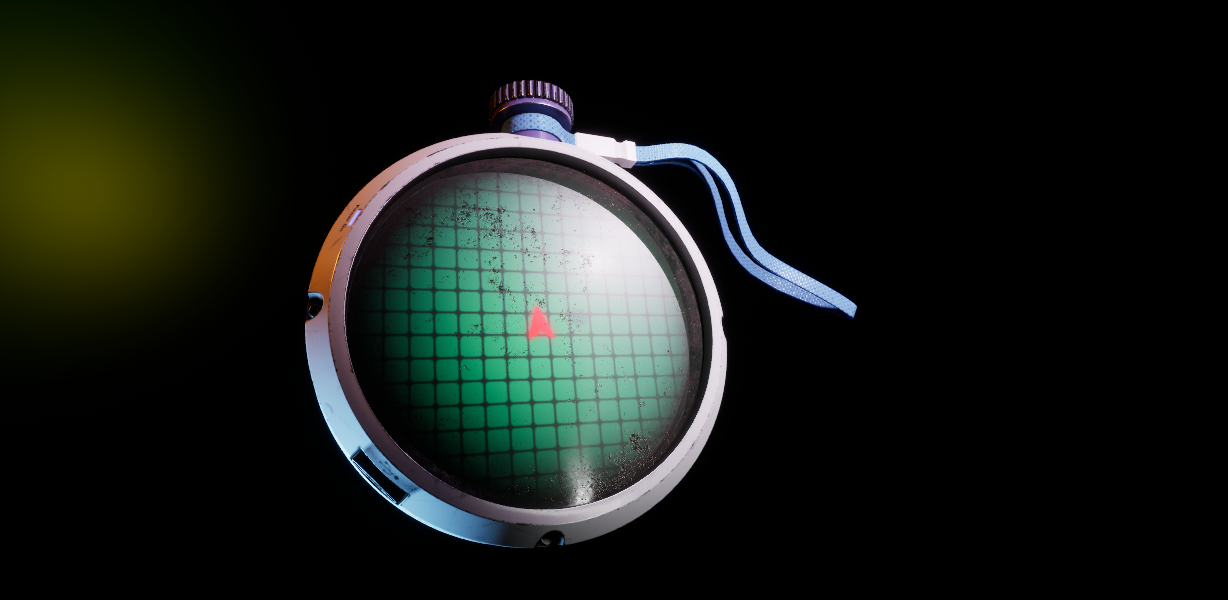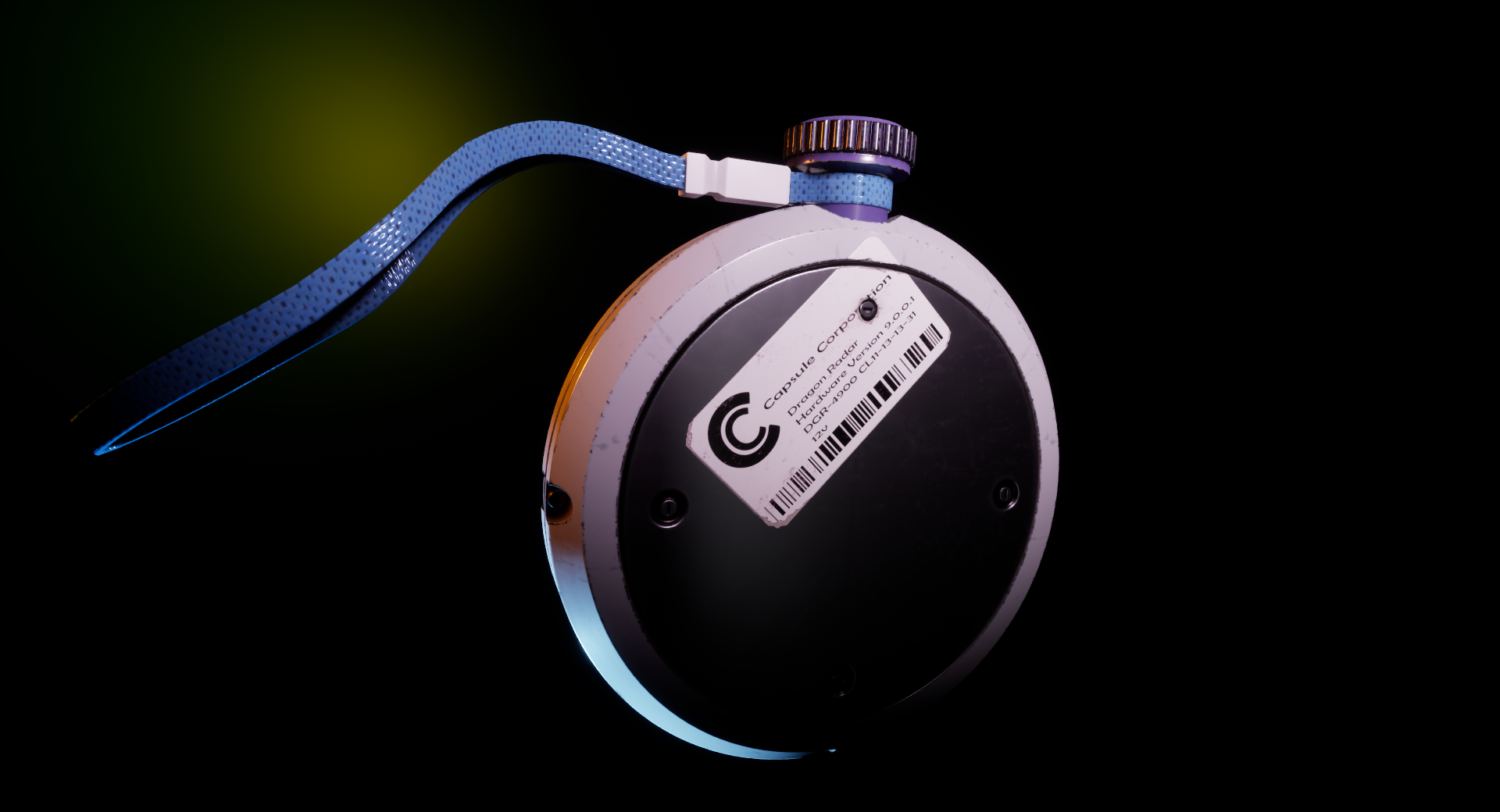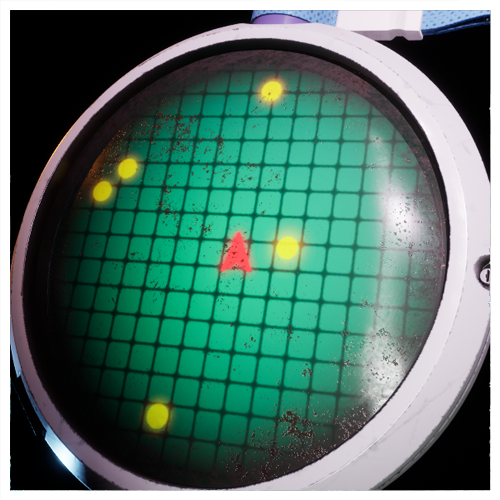Dragon Radar
Speed modeling practice finished in around 6 hours in between other projects. I do not know how common this is, but I wanted to try a new workflow for getting a highpoly model that heavily incorporated booleans instead of subdivisions. The “highpoly” was a cylinder with 128 sides that I cut into for all the major forms.
The bevel modifier held my edges while keeping a smooth surface, and because I avoided subdivisions, the mesh was A) very responsive to booleans, and B) I didn’t have to workaround the tearing or artifacting that combining subdivisions and booleans can cause.
There is an alternate way of combining subdivisions and booleans safely, but the process is much more system intensive, and baking out a good texture requires a very high level of subdivisions before you add a boolean modifier. It also requires you to properly chamfer your booleans before you use them on the high poly, and match (or nearly match) the subdivision level of the mesh you’re cutting into. It’s really great if you have a beast of a machine for that though.
As I was testing a new workflow, the low poly for this project wasn’t very optimized. But the next project I do in this manner (a pokedex maybe . . .), will be much lighter and have 1 set of textures.
I love the procedural power of booleans in being able to make large, sweeping form and detail changes without redoing a bunch of topology by hand. But once a design is finalized, you’ve also got to know when it’s time to get out and clean up whatever small artifacts there are so that you’re not wasting a bunch of time trying to work around the process when you can just finish the model.
Modeled in Blender, textured in Substance Painter, rendered in Unreal 5.
Special thanks to the Weighted Normal Modifier, which as always was the MVP.
Design heavily inspired by the beautiful work of IWSE Zhang (https://www.artstation.com/iwse) Rest in peace, Mr. Toriyama.






